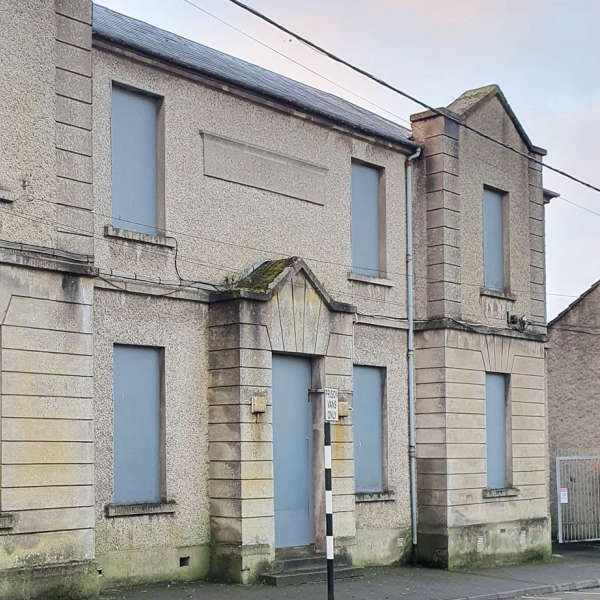
Minister for Housing Darragh O’Brien announced it under the Urban Regeneration and Development Fund
Some €4 million in funding has been awarded to tackle vacancy and dereliction in Kildare.
It will help local authorities bring vacant properties back into use with the dual benefit of improving streetscapes and providing additional housing.
Local authorities will acquire vacant/derelict properties which are either not on the market for sale or to which the market has not responded.
They will then offer these properties for private sale to individuals who in return will commit to bringing the property into use as a home.
Proceeds from the sale of these properties will ensure a rolling programme of acquisitions and disposals is in place.
The funding is being allocated to Kildare County Council in Call Three of the Urban Regeneration and Development Fund (URDF), a €150 million fund to tackle vacancy and dereliction in our towns and cities. It forms part of the Government’s Vacant Homes Action Plan.
Senator Fiona O’Loughlin commented: "This will allow vacant properties to be brought back into use and create new homes.
“It's hugely positive as not only will it remove derelict properties which are eyesores in our towns and villages, it will give people the opportunity to live and participate in their local communities making them more vibrant in the process.”



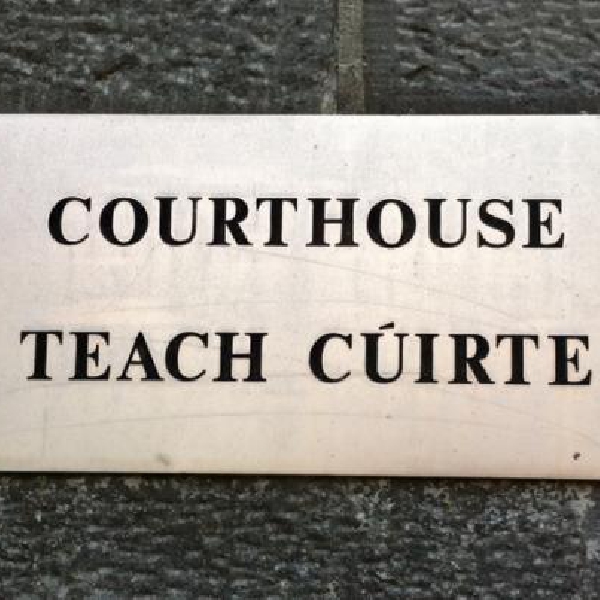 Court Orders Demolition Of 29 Unauthorised Modular Homes Built By Kildare Developer
Court Orders Demolition Of 29 Unauthorised Modular Homes Built By Kildare Developer
 170 People Arrested In Past Week For Driving Under Influence Of Alcohol Or Drugs
170 People Arrested In Past Week For Driving Under Influence Of Alcohol Or Drugs
 €239k For Clane Playground As Kildare Secures Funding For Just Two Projects
€239k For Clane Playground As Kildare Secures Funding For Just Two Projects
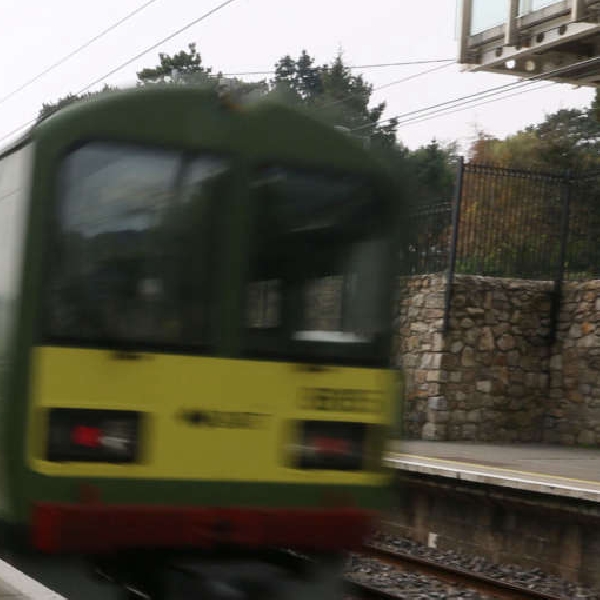 Minister’s Letter: DART+ South West Entirely Dependent On Successful Delivery Of DART+ West
Minister’s Letter: DART+ South West Entirely Dependent On Successful Delivery Of DART+ West
 Kfm Weekend Obituary Notices
Kfm Weekend Obituary Notices
 Two Men Charged In Connection With €4 Million Cocaine Seizure In Kildare And Wexford
Two Men Charged In Connection With €4 Million Cocaine Seizure In Kildare And Wexford
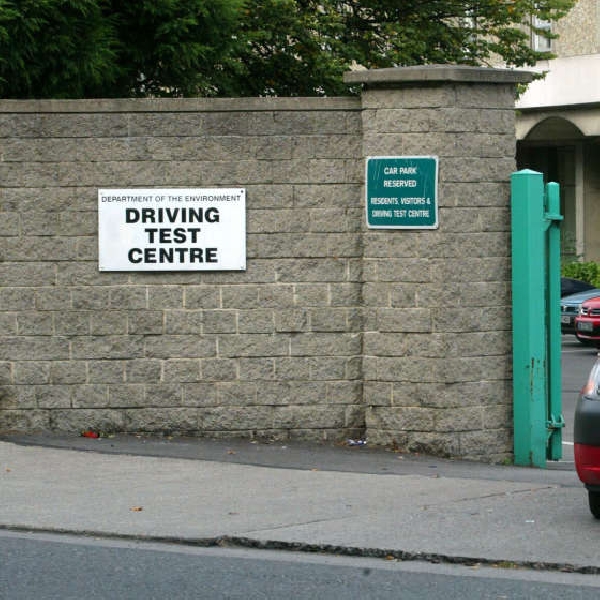 Driving Testers At RSA Balloted For Industrial Action Over Concerns About Uninsured Vehicles
Driving Testers At RSA Balloted For Industrial Action Over Concerns About Uninsured Vehicles
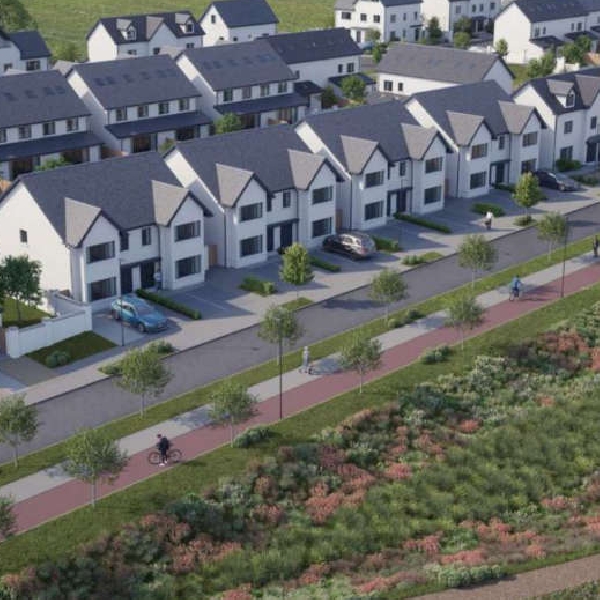 Homes Undelivered After Substantial Deposits Paid, Kildare Council Warns Of Potential Unauthorised Works
Homes Undelivered After Substantial Deposits Paid, Kildare Council Warns Of Potential Unauthorised Works

